There is no scientific way to assess human inhumanity other than to compare them to one another. Gang violence is one of the most widely discussed concerns in the globe, and we’ve uncovered some of the most dangerous groups that no one dares to mess with. Any type of war is huge enough to cause destruction. It can be war between countries, states, or even gangs.
Happened in Japan between 1985 and 1989, the Yamaguchi-gumi and Ichiwa-kai yakuza gangs fought in the Kansai area of Japan in the Yama-Ichi War. The conflict began as a succession dispute following the death of the yakuza “boss of bosses” Kazuo Taoka in 1981 from a heart attack, and it resulted in 220 shootouts and the murders of 36 gangsters. The Yamaguchi-gumi eventually triumphed, but the fight resulted in a police crackdown, crippling the dwindling syndicate.
The yakuza is a Japanese mob whose name translates to “good for nothing.” The lowest hand in the Japanese card game baccara, which is similar to blackjack, is thought to be the inspiration for the name. The term yakuza can apply to the whole criminal activity of the syndicates or to a specific gang member, also known as a gyangu (gangster)
Various yakuza feuds have erupted over the years, but the most deadly occurred in 1985. The conflict started in July 1981, when Kazuo Taoka died after a heart attack. He was to be succeeded by Kenichi Yamamoto, the founder of the Yamaken-gumi gang in the 1960s. Yamamoto’s right-hand man, Kenichi, was caught for extortion and sentenced to prison, with no plans to be released until 1982. Seven months after Taoka, he died of liver illness.
After the gang’s two leaders were killed, the lieutenants voted to elect Masahisa Takenaka as the new boss. However, like with many elections, the outcome did not please everyone. Hiroshi Yamamoto, in this case, was the perpetrator.
Hiroshi Yamamoto split from the Yamaguchi-gumi and created Ichiwa-Kai, his own band. They launched the conflict by assassinating Takenaka and two important Yamaguchi-gumi members while they were in an elavator. Over the next four years, the conflict resulted in several shootings and bombings, which are extremely rare in Japan due to severe gun laws. Things deteriorated to the point where Japanese newspapers kept a running tally of the dead and injured.
The Yamaguchi-gumi, who had more warriors, eventually won the war. By the end of the war, 36 individuals had died and dozens more had been injured. Yamaguchi-gumi members elected Yoshinori Watanabe, dubbed Mr.Gorilla, as their leader after the conflict ended in 1989. Watanabe was regarded as a strong and astute leader who expanded membership and revenues, but he left or was forced to leave in 2005 as public pressure mounted on the yakuza.
Sources: Simple History, Historica.Fandom, Top Tenz

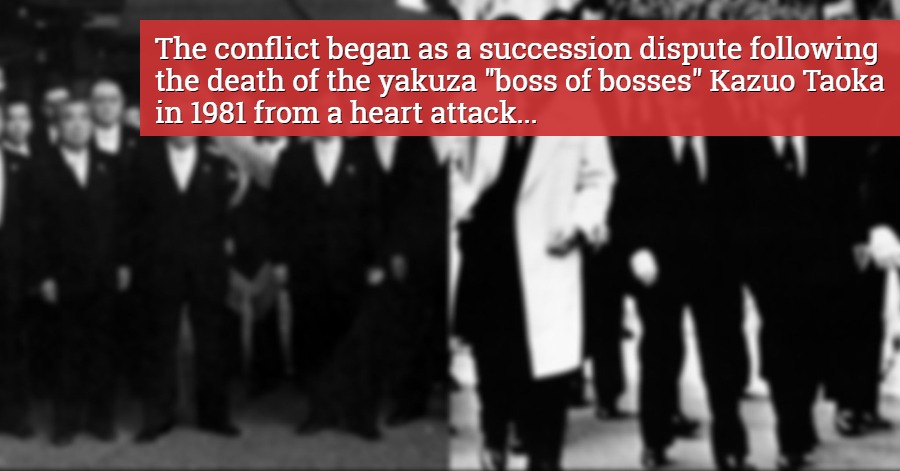
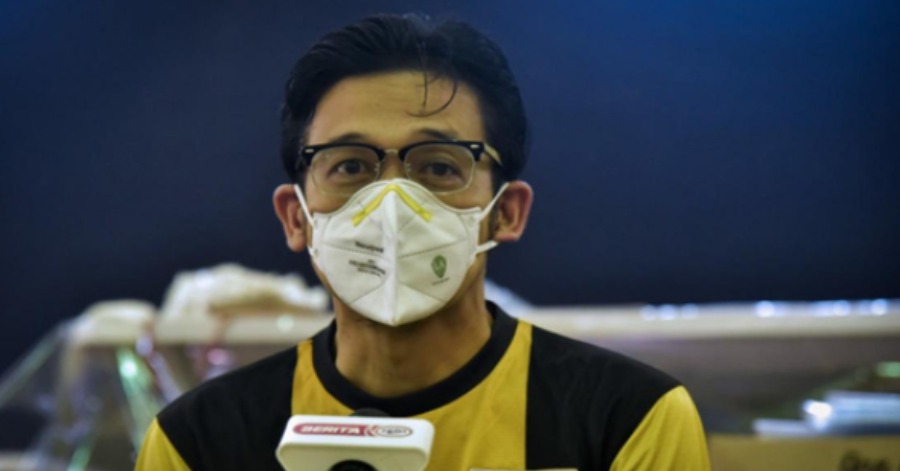

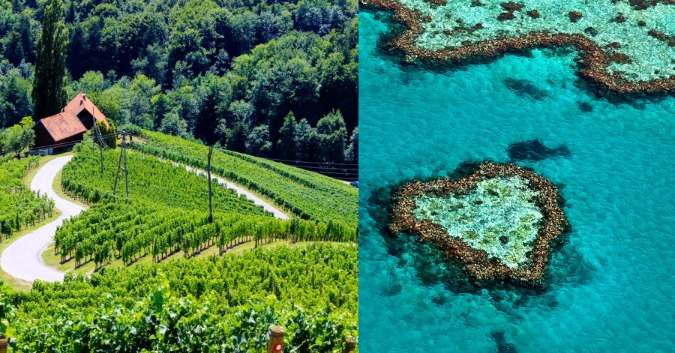
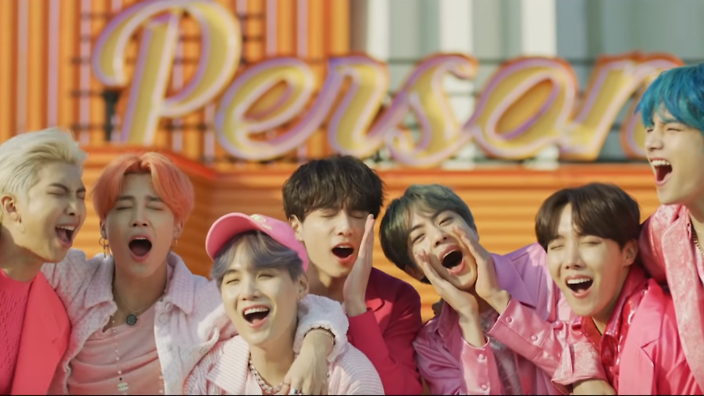


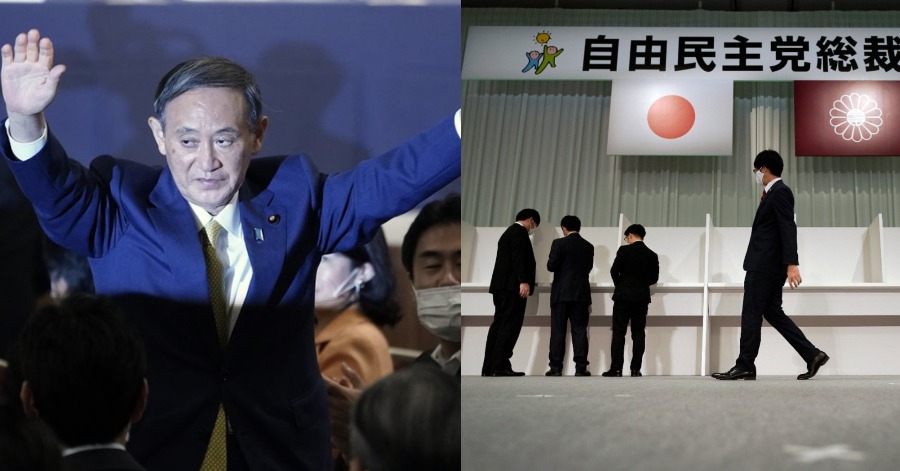
Leave a Comment